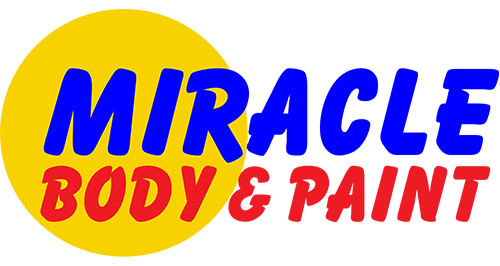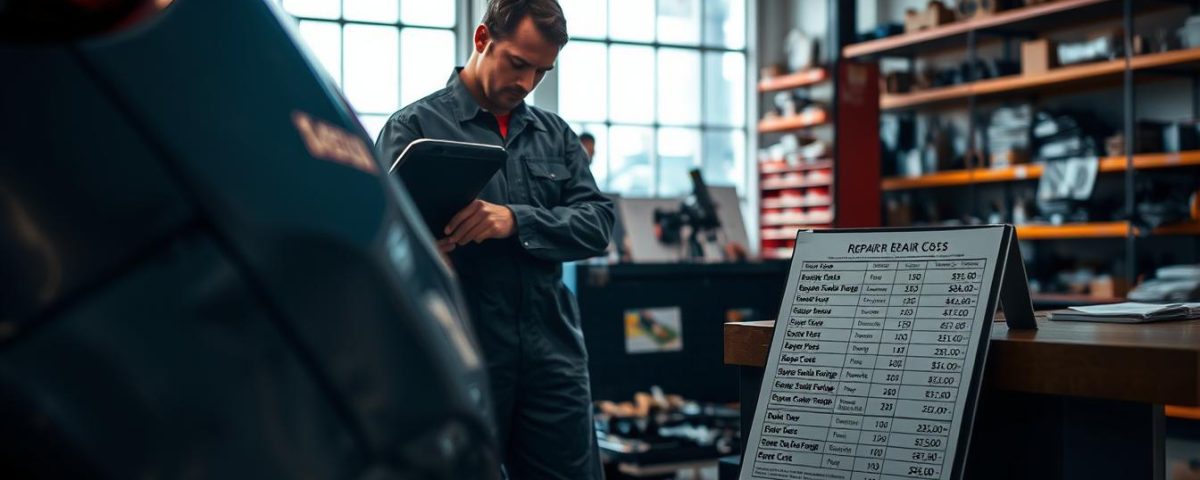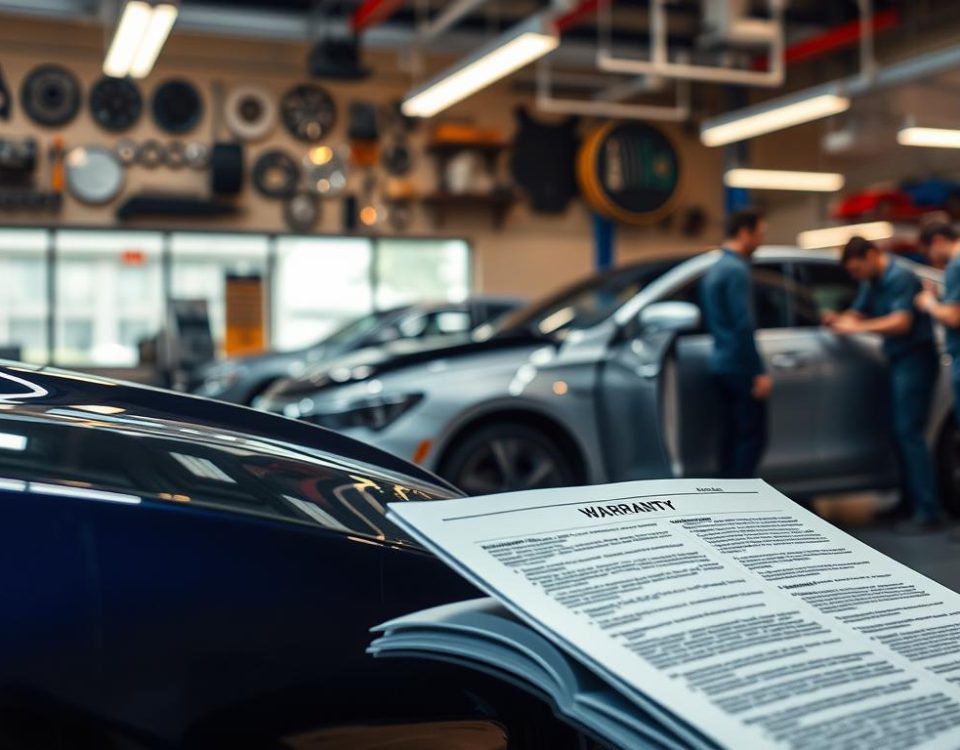
7 Road Safety Tips to Avoid Accidents and Keep Your Car Safe
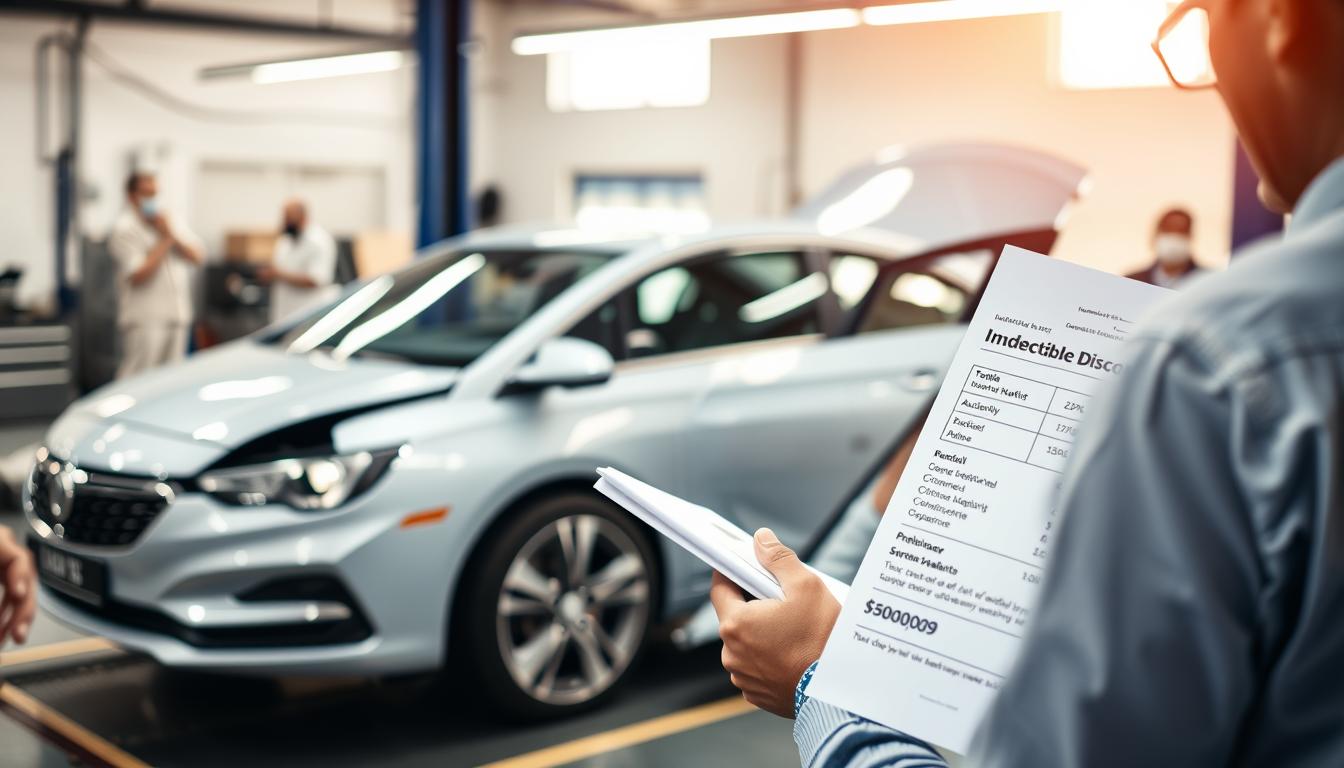
How Deductible Discounts Can Help You Save on Collision Repairs
Understanding how auto insurance impacts your collision repair costs is crucial for vehicle owners. Recent data indicates that vehicle repair expenses have increased significantly due to advanced technology in new-car models and supply chain disruptions.
At Miracle Body and Paint, we recognize the importance of navigating auto insurance to minimize your out-of-pocket expenses for collision repair. Knowing your insurance coverage can help you make informed decisions about your vehicle’s repair.
Key Takeaways
- Understanding your auto insurance policy can help reduce collision repair costs.
- Advanced vehicle technology can increase repair expenses.
- Insurance coverage varies, impacting your out-of-pocket costs.
- Choosing the right repair service is crucial for quality and cost.
- Miracle Body and Paint can guide you through the insurance claim process.
If your vehicle has suffered collision damage, consider reaching out to Miracle Body and Paint for professional collision repair services.
Understanding Collision Repair Insurance Basics
Collision repair insurance is a vital component of vehicle ownership, and grasping its fundamentals is essential. At its core, collision insurance is designed to cover the costs associated with repairing or replacing your vehicle if you’re involved in an accident, regardless of fault. For residents in San Antonio, having a reliable collision repair service nearby can make a significant difference. Fortunately, with two convenient locations, our customers can easily access the repair services they need.
What is Collision Insurance?
Collision insurance is a type of auto insurance coverage that pays for damages to your vehicle resulting from a collision with another vehicle or object. It’s an optional coverage, but one that can provide significant financial protection. When you have collision insurance, you can have peace of mind knowing that your vehicle can be repaired or replaced if you’re involved in an accident.
Key aspects of collision insurance include:
- Coverage for damages to your vehicle due to collision
- Optional coverage that can be added to your auto insurance policy
- Financial protection against costly repairs or replacement
Key Terms Explained
Understanding key terms related to collision insurance is crucial for making informed decisions. Two important terms are deductible and coverage limits. A deductible is the amount you pay out of pocket when filing a claim. For instance, if you have a $500 deductible and the repair costs are $3,000, you’ll pay $500, and your insurance will cover the remaining $2,500. Coverage limits, on the other hand, refer to the maximum amount your insurance provider will pay for a claim.
Types of Coverage
There are various types of coverage within collision insurance, including actual cash value (ACV) and replacement cost coverage. ACV coverage pays the current market value of your vehicle at the time of the loss, minus depreciation. Replacement cost coverage, if available, pays the cost to replace your vehicle with a similar one. Understanding these options can help you choose the coverage that best suits your needs.
By understanding the basics of collision repair insurance, including what collision insurance covers, key terms, and the types of coverage available, you can make more informed decisions about your auto insurance policy. This knowledge can help you navigate the process more smoothly, ensuring that you’re adequately protected in the event of an accident.
The Role of Insurance in Accident Scenarios
Auto insurance is a critical factor in covering collision repair costs, but its role extends beyond just financial coverage. When an accident occurs, insurance companies become pivotal in managing the claims process and determining the extent of their financial liability.
How Insurance Handles Claims
Insurance companies have a structured process for handling claims. This process typically involves assessing the damage, estimating repair costs, and determining the extent of coverage based on the policyholder’s auto insurance plan.
The claims process can be complex, involving several steps and stakeholders, including adjusters, repair shops, and the policyholder. Understanding this process can help policyholders navigate it more effectively.
Key Steps in the Claims Process:
- Reporting the accident to the insurance company
- Assessment of the damage by an adjuster
- Estimation of repair costs
- Determination of coverage based on the insurance policy
Understanding Liability
Liability is a critical aspect of accident scenarios, as it determines who is financially responsible for the damages. Understanding liability is essential for policyholders to know what to expect from their auto insurance coverage.
In many cases, liability is determined based on the circumstances of the accident, such as who was at fault. Insurance companies play a crucial role in this determination, using evidence and sometimes legal proceedings to establish liability.
If you’re dealing with the aftermath of an accident, understanding how insurance handles claims and determining liability can significantly impact your experience. For professional collision repair services, consider reaching out to Miracle Body and Paint to ensure your vehicle is restored to its original condition.
Factors Influencing Repair Costs
Collision repair costs are not one-size-fits-all; they are influenced by a variety of factors. At Miracle Body and Paint, we’ve seen firsthand how different elements can impact the final bill for repairs. Understanding these factors can help you better navigate the process and make informed decisions about your vehicle’s repair.
Vehicle Make and Model
The make and model of your vehicle play a significant role in determining repair costs. Luxury or high-performance vehicles, for instance, often require specialized parts that can be more expensive. Additionally, newer models with advanced technology, such as collision avoidance systems or sophisticated infotainment systems, can increase repair costs due to the complexity and cost of these components.
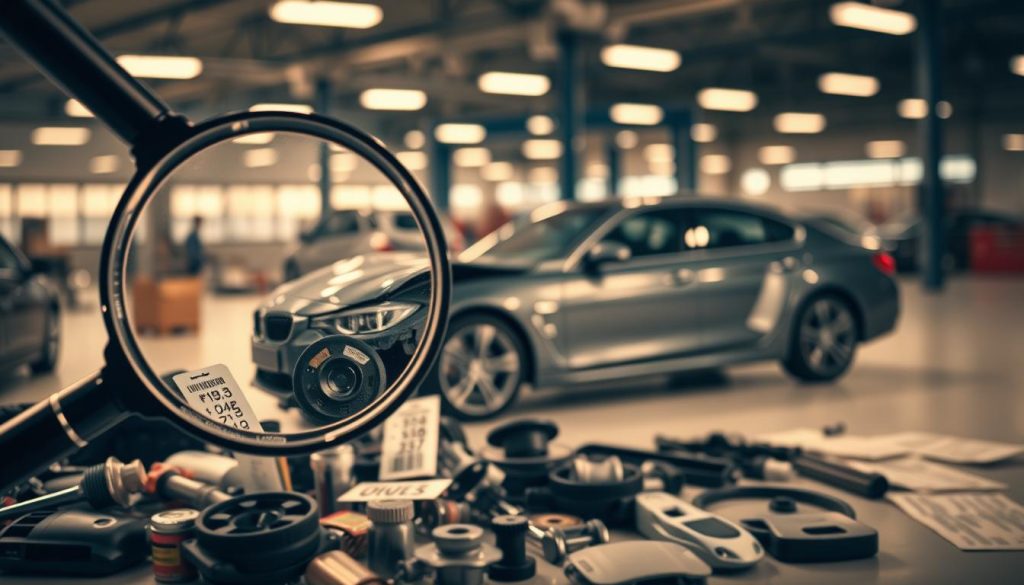
Extent of Damage
The extent of the damage is another critical factor. Minor damages, like a small dent or scratch, will generally be less expensive to repair than major damages that affect critical vehicle systems. Assessing the damage accurately is crucial for estimating repair costs.
Labor and Parts Costs
Labor costs and the cost of parts are also significant factors. Labor rates can vary depending on the repair shop’s location and reputation. Moreover, the choice between original equipment manufacturer (OEM) parts and aftermarket parts can affect costs. OEM parts, while often more expensive, ensure a precise fit and maintain your vehicle’s warranty, if applicable.
Understanding these factors can help you anticipate and potentially mitigate some of the costs associated with collision repair. At Miracle Body and Paint, we’re committed to providing transparent, fair pricing and high-quality service to get you back on the road.
Insurance Deductibles and Their Impact
The deductible amount you choose for your auto insurance can significantly affect your collision repair costs. Essentially, a deductible is the amount you’re required to pay out of pocket when you file a claim.
What is a Deductible?
A deductible is a critical component of your auto insurance policy. It’s the amount you agree to pay towards a claim before your insurance coverage kicks in. For instance, if you have a $500 deductible and the total repair cost is $2,000, you’ll pay the first $500, and your insurance will cover the remaining $1,500.
Choosing a deductible is a personal decision that depends on your financial situation and comfort level with risk. A higher deductible can lower your insurance premiums, but it also means you’ll pay more out of pocket when you need to file a claim.
Choosing the Right Deductible
Selecting the right deductible involves balancing your premium costs against your ability to pay out of pocket in case of an accident. It’s essential to consider your financial situation carefully. If you’re comfortable with a higher out-of-pocket expense in exchange for lower premiums, a higher deductible might be suitable. Conversely, if you prefer the security of knowing exactly how much you’ll pay in case of a claim, a lower deductible could be more appropriate.
For example, if you live in San Antonio and have two auto body shops near you, you can compare their repair estimates and consider how your deductible will affect your costs. Understanding how deductibles work and choosing the right amount can help you manage your collision repair expenses more effectively.
After an Accident: Filing a Claim
When an accident occurs, navigating the insurance claims process is essential for collision repair. The steps you take immediately after the accident can significantly impact the outcome of your claim.
Steps to Take Post-Accident
First, ensure your safety and the safety of others involved. Then, document the scene by taking photos and gathering witness statements if possible. It’s also crucial to report the accident to the police and your insurance provider as soon as possible.
- Exchange information with the other parties involved.
- Notify your insurance company about the accident.
- Keep a record of any correspondence related to the accident.
Gathering Necessary Documentation
Gathering the necessary documentation is a critical step in the claims process. This includes obtaining a copy of the police report, photos of the damage, and any medical records if there were injuries.
Once you have all the required documents, you can proceed to file your claim. Your insurance company will then guide you through the next steps, which may include getting your vehicle inspected by an adjuster.
Filing a claim can seem like a daunting task, but being prepared and understanding the process can make it more manageable. For professional assistance with your collision repair needs, consider reaching out to Miracle Body and Paint, where experts will guide you through the repair process, ensuring your vehicle is restored to its original condition.
Evaluating Repair Estimates
Getting a fair price for collision repairs starts with a thorough estimate evaluation. When you visit a repair shop like Miracle Body and Paint, you can expect a detailed assessment of the damage to your vehicle. This assessment is crucial in determining the cost of repairs and ensuring that you receive a fair deal.
What to Look for in an Estimate
A comprehensive estimate should include a detailed list of the repairs needed, the cost of parts, and labor costs. It’s essential to review the estimate carefully to ensure that all the necessary repairs are included. Look for an estimate that itemizes the costs, including the cost of any additional services such as rental car fees or towing services.
Key components of a detailed estimate include:
- A thorough description of the repairs needed
- A detailed breakdown of the costs, including parts and labor
- Any additional services that may be required, such as rental car fees
Comparing Estimates from Different Shops
It’s a good idea to get estimates from multiple repair shops to compare prices and services. When comparing estimates, look for any discrepancies in the costs or services included. Be wary of estimates that are significantly lower than others, as they may be cutting corners or using lower-quality parts.
At Miracle Body and Paint, we provide detailed estimates that include a comprehensive breakdown of the costs. We believe in transparency and work with you to ensure that you understand the repair process and the costs involved. By comparing estimates and choosing a reputable repair shop, you can ensure that you receive a fair price for your collision repair and take advantage of deductible discounts when available.
When Insurance Won’t Cover Repairs
There are instances where your insurance won’t cover the cost of repairs. This can be due to various reasons, including policy exclusions or limitations. Understanding what’s not covered by your auto insurance policy is crucial to avoid unexpected expenses.
Exclusions to Be Aware Of
Most auto insurance policies have exclusions that can leave you with unexpected costs. For example, damages caused by wear and tear or maintenance issues are typically not covered. Additionally, if you’re driving without a valid license or insurance, any damages incurred won’t be covered.
- Wear and tear: Damages caused by normal wear and tear are not covered.
- Maintenance issues: Failure to maintain your vehicle properly can result in excluded damages.
- Driving without a valid license or insurance: If you’re driving without a valid license or insurance, damages won’t be covered.
The Importance of Knowing Your Policy
Knowing your auto insurance policy inside out can help you avoid unexpected costs. It’s essential to read and understand your policy documents, including the fine print. At our company with two locations in San Antonio, we recommend that you review your policy regularly to ensure you’re aware of any changes or updates.
By understanding your policy, you can:
- Make informed decisions about your coverage and repairs.
- Avoid unexpected expenses by knowing what’s not covered.
- Ensure you’re adequately covered in case of an accident or damage.
The Benefits of Using Insurance for Repairs
Utilizing insurance for collision repairs can significantly reduce your financial burden. When you have the right coverage, you can avoid hefty out-of-pocket expenses for vehicle repairs.
Cost Savings and Efficiency are two significant advantages of using insurance for collision repairs. By filing a claim, you can get your vehicle back on the road quickly without draining your wallet.
Cost Savings and Efficiency
One of the primary benefits of having collision insurance is the potential for deductible discounts. Many insurance providers offer discounts on deductibles, making it more affordable to get your vehicle repaired. For instance, some insurers offer a reduction in deductible amounts for policyholders who have not filed claims over a certain period.
Furthermore, insurance companies often have established networks of trusted repair shops. This can streamline the repair process, ensuring that your vehicle is fixed efficiently and effectively.
Choosing a Trusted Repair Shop
When it comes to collision repair, the quality of workmanship is paramount. Choosing a trusted repair shop is essential to ensure that your vehicle is restored to its original condition. Look for shops that are certified by reputable organizations and have a history of satisfactory customer experiences.
At Miracle Body and Paint, we understand the importance of quality collision repair. Our team of experts is dedicated to providing top-notch service, ensuring that your vehicle is repaired to the highest standards. By working closely with insurance providers, we make the claims process as smooth as possible for our customers.
If you’re dealing with the aftermath of a collision, consider reaching out to Miracle Body and Paint for a consultation. Our commitment to excellence and customer satisfaction makes us the ideal choice for your collision repair needs.
Navigating Disputes with Insurance Adjusters
When it comes to auto insurance claims, disagreements with adjusters are not uncommon, but knowing how to navigate these disputes is crucial. Disputes can arise due to various reasons, including differences in repair cost estimates or the extent of damage assessment. Understanding the common reasons for these disputes and how to effectively communicate with insurance adjusters can significantly impact the outcome of your claim.
Common Reasons for Disputes
Disputes with insurance adjusters often stem from misunderstandings or differing opinions on repair costs, damage assessment, or the necessity of certain repairs. For instance, an adjuster might dispute the need for replacing certain parts, arguing that repairs would be sufficient. At Miracle Body and Paint, we’ve seen cases where clear documentation and evidence can help resolve such disputes.
- Disagreements over the extent of damage
- Differences in estimated repair costs
- Debates over whether to repair or replace damaged parts
Tips for Effective Communication
Effective communication is key to resolving disputes with insurance adjusters. Here are some tips to help you navigate these conversations:
- Be Prepared: Gather all relevant documentation, including photos of the damage, repair estimates, and any correspondence with the insurance company.
- Stay Calm and Professional: Emotions can run high, but maintaining a calm and professional demeanor can help keep the conversation productive.
- Understand Your Policy: Knowing the details of your auto insurance policy can help you argue your case more effectively.
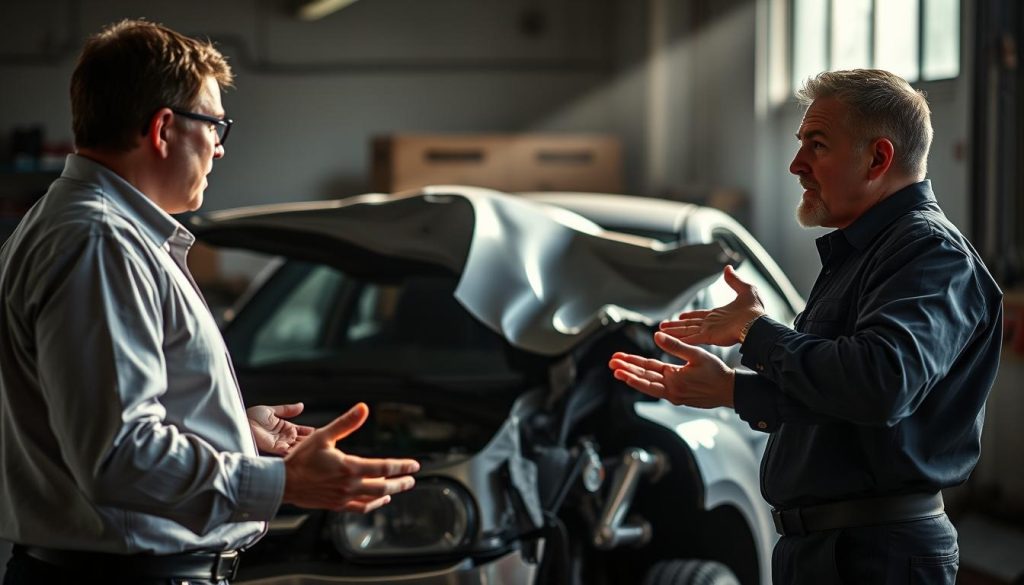
By understanding the common reasons for disputes and employing effective communication strategies, you can better navigate the process of resolving disagreements with insurance adjusters.
Long-Term Costs of Not Using Insurance
The decision to forgo insurance for collision repairs may seem cost-effective initially, but it can lead to substantial financial risks. At our company with two locations in San Antonio, we have seen many customers who opted out of using their auto insurance for repairs, only to face unforeseen expenses later.
Financial Risks of Out-of-Pocket Payments
Paying for collision repairs out-of-pocket can strain your finances, especially if the damage is extensive. Without the safety net of auto insurance, you may have to dip into your savings or emergency fund to cover the costs. This can leave you financially vulnerable and exposed to other unexpected expenses.
Furthermore, out-of-pocket payments do not provide any protection against future accidents or damages. If you’re involved in another collision, you’ll be back to square one, facing potentially high repair bills again.
Potential Impact on Future Premiums
Not using your auto insurance for collision repairs might seem like a way to avoid filing a claim and potentially increasing your premiums. However, this decision can have the opposite effect in the long run. If you’re involved in multiple accidents and continue to pay out-of-pocket, you might be tempted to skip reporting smaller incidents, which can lead to more significant problems down the line.
Moreover, if you decide to file a claim later, the lack of a prior claim history might not necessarily result in lower premiums. Insurers consider various factors when determining premiums, including your overall risk profile and claim history. By not using your insurance, you’re not building a positive claim history that could potentially lead to deductible discounts or other benefits.
Conclusion: Making Informed Decisions
Understanding the intricacies of collision repair and auto insurance is crucial for vehicle owners to make informed decisions. By weighing repair costs against insurance coverage, individuals can navigate the complex process with confidence.
Key Considerations for Vehicle Owners
When faced with collision repair, it’s essential to consider the factors that influence repair costs and the role of auto insurance in covering these expenses. This knowledge enables vehicle owners to make the best choice for their situation.
If you’re dealing with collision damage, consider reaching out to a trusted repair service like Miracle Body and Paint. With locations in North West San Antonio – Leon Valley and North East San Antonio, they offer comprehensive collision repair services to get you back on the road.

